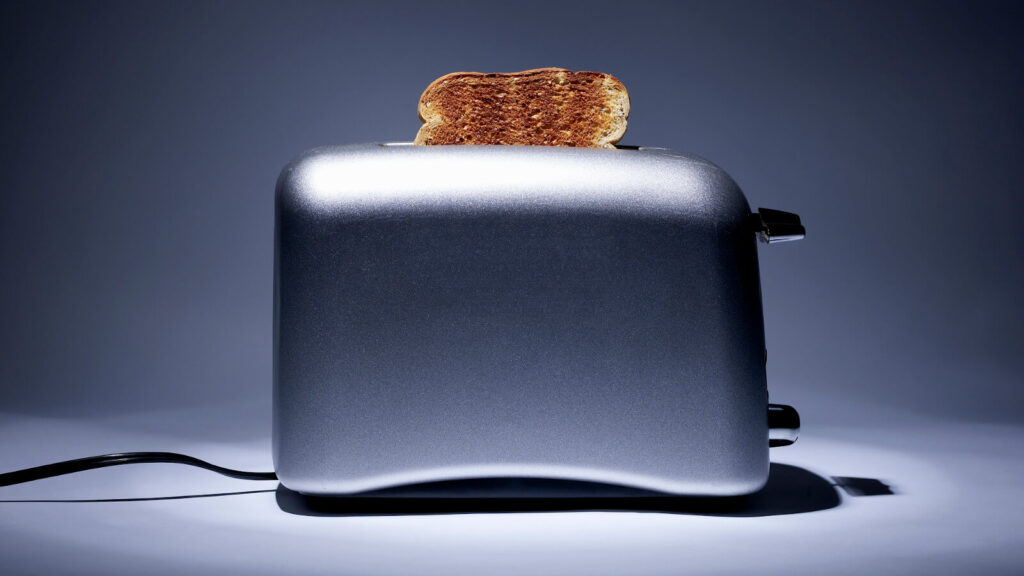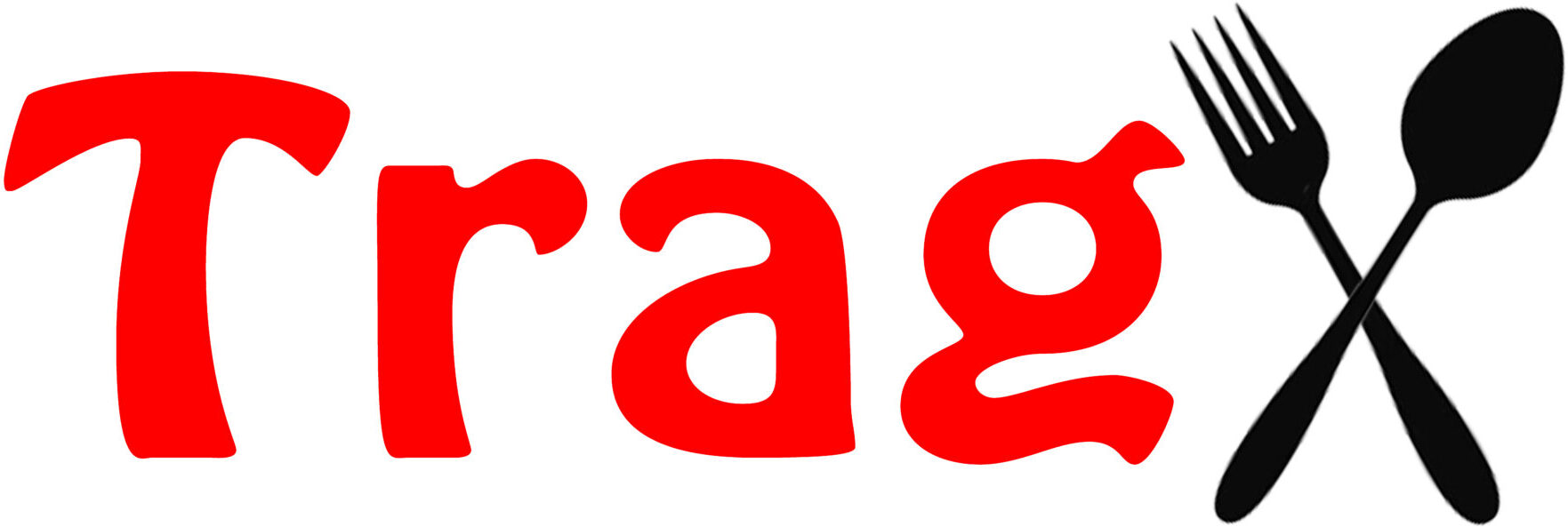Toasters have long been a staple in kitchens, providing a quick and convenient way to toast bread and other baked goods. However, a common misconception persists: that toasters continue to consume electricity even when not in use or when they are unplugged. In this article, we will delve into the truth behind this belief, providing a comprehensive examination of the energy consumption of toasters in various scenarios.
How do toasters work?

Toasters are ingenious appliances designed to quickly and efficiently toast bread slices. The working principle of a toaster involves the use of electric heating elements and a mechanism to control the toasting process. When you insert bread slices into the toaster and push down the lever, it activates a circuit that supplies electricity to the heating elements.
These elements, typically made of nichrome wire, start to heat up rapidly. As the wires heat up, they radiate intense heat onto the bread slices, causing them to toast and develop a crispy texture. The toasting time can be adjusted using a control knob or buttons that regulate the level of heat applied.
Once the desired toasting level is reached, a mechanism pops the bread slices up, indicating that they are ready to be enjoyed. Toasters provide a quick and consistent toasting experience, making them a beloved kitchen appliance for breakfast enthusiasts worldwide.
How much electricity do toasters use?
The amount of electricity consumed by toasters varies depending on several factors, including the wattage of the toaster and the duration of use. On average, a typical toaster consumes between 800 and 1500 watts of electricity during the toasting process. However, it’s important to note that the actual energy usage is relatively brief since toasting usually takes only a few minutes.
To calculate the energy consumption, you can multiply the wattage of the toaster by the time it is in use. For example, if you have a toaster with a wattage of 1000 and you toast bread for 3 minutes, the energy consumption would be 1000 watts multiplied by 0.05 hours (3 minutes divided by 60 minutes) which equals 50 watt-hours or 0.05 kilowatt-hours (kWh).
Overall, the energy usage of a toaster is relatively low compared to other kitchen appliances and does not significantly impact the overall electricity consumption in a typical household.
How can I save electricity with my toaster?
To save electricity when using your toaster, consider the following tips:
- Opt for an energy-efficient toaster: Look for toasters with energy-saving features or those that have received energy-efficient certifications, such as ENERGY STAR. These toasters are designed to consume less electricity while still providing efficient toasting.
- Use the appropriate toaster setting: Adjust the toasting level based on your preference. Using a lower setting or toasting for a shorter duration can help reduce energy consumption.
- Toast in batches: Instead of toasting a single slice of bread at a time, consider toasting multiple slices in one go. This allows you to maximize the toaster’s heating capacity and minimize the overall energy usage per slice.
- Consider a toaster oven: If you frequently toast larger items like bagels or need to perform additional cooking tasks, a toaster oven might be a more energy-efficient option. It can handle a variety of cooking functions while using less energy compared to a conventional oven.
- Don’t preheat unnecessarily: Unlike conventional ovens, toasters do not require preheating. Avoid leaving the toaster on when not in use or unnecessarily preheating it, as it wastes electricity.
- Regular cleaning and maintenance: Keep your toaster clean and free from crumbs, as they can interfere with its efficiency. Regularly clean the crumb tray and ensure the toaster is free from debris, allowing for optimal toasting performance.
- Unplug when not in use: If you don’t use the toaster frequently, consider unplugging it when not in use to eliminate any standby power consumption.
By implementing these energy-saving practices, you can reduce the electricity consumed by your toaster and contribute to a more energy-efficient kitchen.
Do toasters use electricity when not in use?
No, toasters do not use electricity when they are not in use. When a toaster is turned off or unplugged, it essentially becomes an inert device that does not draw any electricity. Unlike certain appliances that may have standby modes or standby lights, toasters do not possess such features. As a result, you do not need to worry about wasted electricity or increased energy bills due to a toaster that is not in use.
How do I clean my toaster?
Cleaning your toaster is important to maintain its performance and prevent the buildup of crumbs and debris. Here’s a step-by-step guide:
- Unplug the toaster: Before starting the cleaning process, make sure your toaster is unplugged from the electrical outlet to avoid any accidents.
- Remove the crumb tray: Most toasters have a removable crumb tray located at the bottom. Slide out the tray and empty any accumulated crumbs into the trash. If the tray is not removable, gently shake the toaster over a sink or garbage bin to remove loose crumbs.
- Wash the crumb tray: If the crumb tray is removable, wash it with warm soapy water, rinse, and dry thoroughly. Make sure it is completely dry before reinserting it into the toaster.
- Clean the exterior: Use a soft, damp cloth or sponge to wipe the exterior surfaces of the toaster. Avoid using abrasive cleaners or harsh chemicals that may damage the finish. For stubborn stains, you can use a mild kitchen cleaner or a paste made from baking soda and water.
- Clean the toaster slots: To clean the inside of the toaster slots, first, ensure the toaster is unplugged and cooled down completely. Turn the toaster upside down and gently tap the bottom to remove any loose crumbs. You can also use a soft brush or a clean, dry toothbrush to dislodge any remaining crumbs. Be careful not to insert any objects into the toaster slots that could damage the heating elements.
- Wipe the toaster slots: After removing the loose crumbs, take a damp cloth or sponge and wipe the inside of the toaster slots to remove any residue or buildup. Make sure the toaster is completely dry before plugging it back in or using it.
- Polish and shine (optional): If you want to give your toaster a shiny finish, you can use a stainless steel cleaner or a cloth with a small amount of vinegar to polish the exterior surfaces.
- Reassemble and plug in: Once the toaster and all its components are thoroughly dry, reinsert the crumb tray and ensure it is securely in place. Plug the toaster back into the electrical outlet.
By following these steps, you can keep your toaster clean and maintain its performance for deliciously toasted bread and other treats. Remember to always unplug the toaster and allow it to cool down before cleaning to ensure your safety.
FAQ’s
Ans – No, toasters do not consume electricity when they are turned off. Once a toaster is switched off or unplugged, it ceases to draw any electrical power.
Ans – Unlike certain electronic devices, toasters do not have standby modes. They lack features that would cause them to continue using power when not actively toasting bread.
Ans – No, a toaster does not use electricity when it is plugged in but not being used. It remains an inactive appliance that does not contribute to energy consumption.
Ans – Unplugging your toaster when not in use can provide peace of mind, but it is not necessary for saving electricity specifically related to the toaster. Toasters have negligible standby power consumption, so the energy saved from unplugging it would be minimal.
Ans – While toasters themselves do not consume significant electricity, you can save energy by using an energy-efficient toaster, adjusting the toasting level to minimize toasting time, and toasting multiple slices in one batch. These practices contribute to overall energy efficiency in your kitchen.
Ans – To confirm that your toaster is not using electricity when not in use, you can use a plug-in power meter or an energy monitor. These devices can measure the electrical consumption of your appliances, giving you accurate information about their power usage.
You may also like this!
- Are Toasters Waterproof?
- Are Toaster Ovens Better than Toasters?
- How to Bake Potatoes in a Toaster Oven?
- How Many Watts Are Most 4 Slice Toaster?
Conclusion
In conclusion, toasters do not use electricity when they are not in use or when they are unplugged. This common misconception stems from a misunderstanding of standby power and the belief that all electrical devices continue to draw power even when not actively in use. However, toasters are designed as simple heating devices that only consume electricity when actively toasting bread. Once the toasting process is complete, and the toaster is turned off or unplugged, it becomes an inert appliance that does not contribute to energy consumption.
Therefore, there is no need to worry about wasted electricity or increased energy bills due to a toaster that is not in use. By understanding the truth behind toaster energy consumption, you can confidently use your toaster without concerns about unnecessary power usage.

